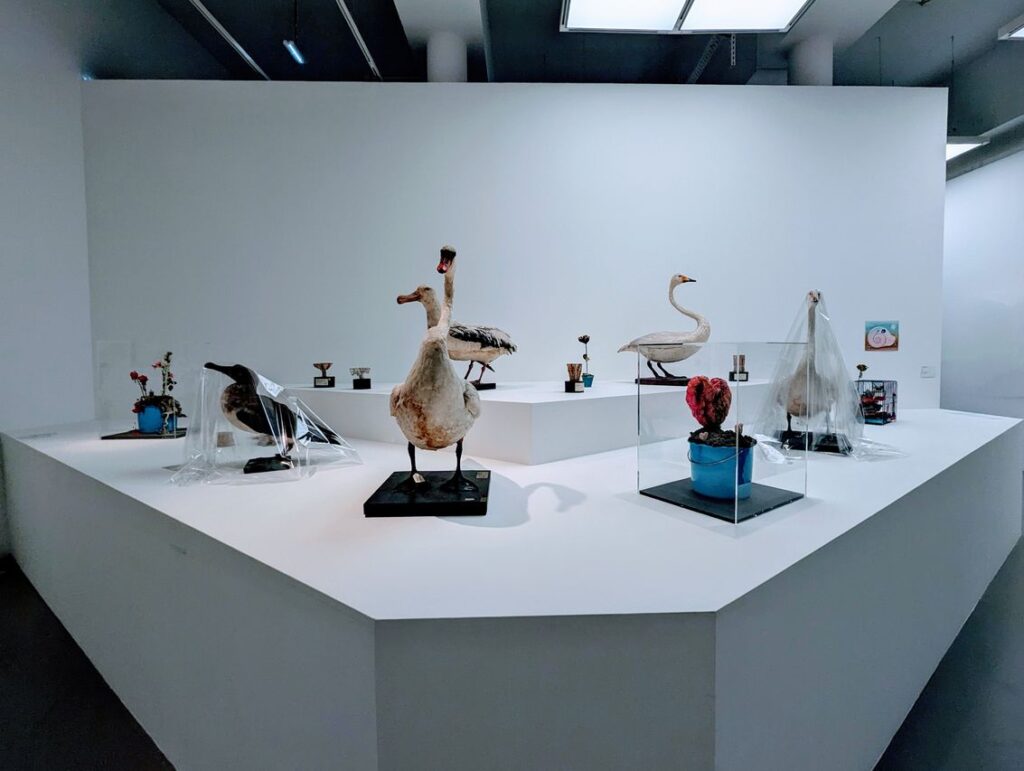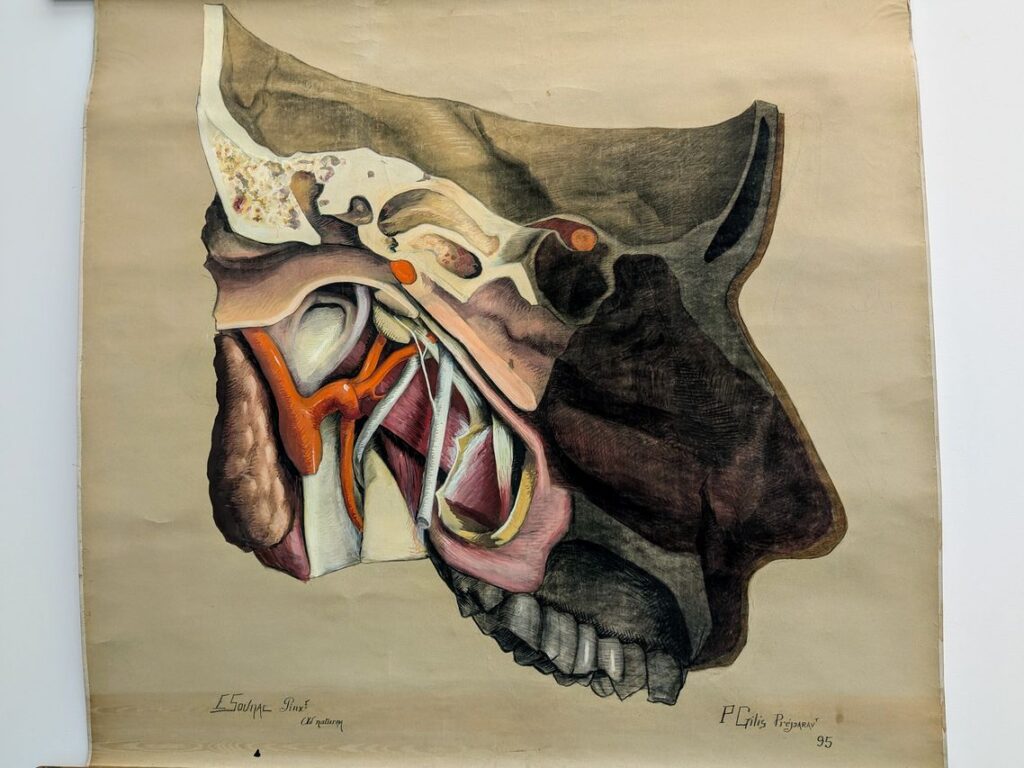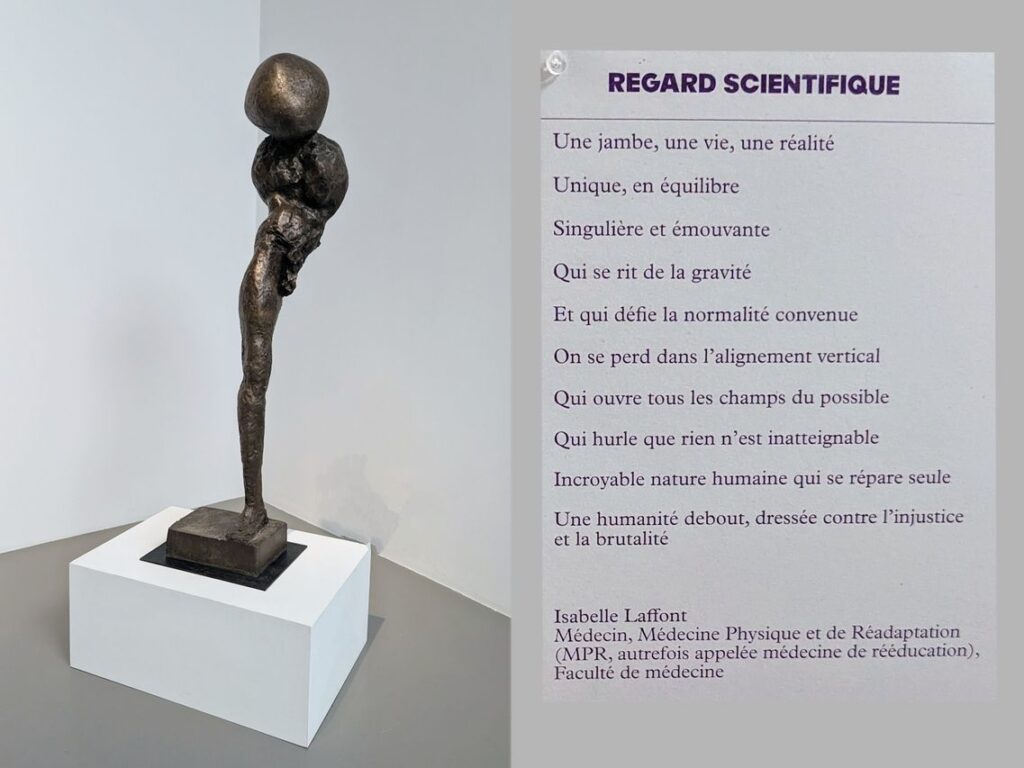Scientific perspectives on contemporary art
From February 15 to May 18 at MO.CO, the exhibition Eprouver l'inconnu (Experiencing the Unknown) brings together scientists from the University of Montpellier and contemporary artists around a hundred works and items from the UM's scientific collections. Visit with Gérald Chanques, vice-president in charge of historical heritage and coordinator of the scientific committee behind the creation of this event.
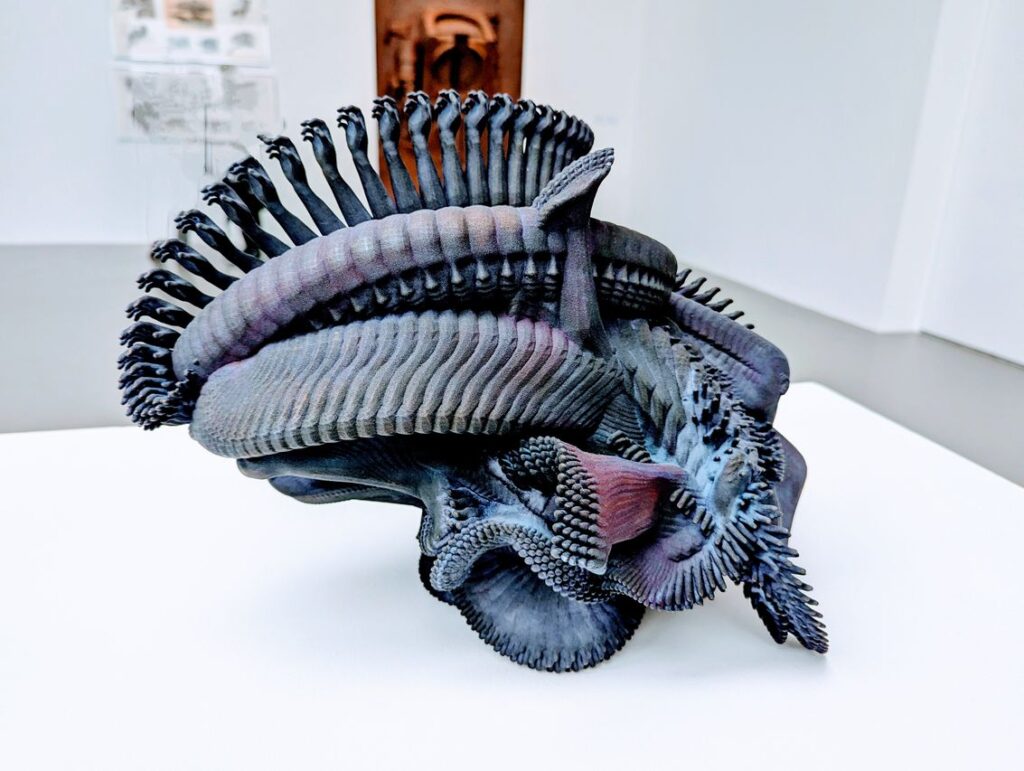
" What makes this exhibition so special is that the works of art have been examined by the scientific community. Some fifteenProfessors or researchers wrote a cartel to describe what they saw," explains Gérald Chanques, UM's vice-president in charge of historical heritage and a member of the exhibition's scientific committee, who, along with Agnès Fichard-Carroll, vice-president of education, put the scientists in touch with the works.
Venus and the tortoise
The vice-president, who is also an anesthesiologist and intensive care physician, let himself be tempted by the exercise, commenting on German sculptor Kiki Smith's highly organic work entitled Système digestif. But also his Virgin Mary, a female flayed figure echoing the famous ambassador of the Faculty of Medicine's anatomy conservatory, " the historic starting point for the union between Art and Science ". In another room, where the gynoid shape of a turtle's brain is strangely reminiscent of Paleolithic Venuses, professor of narrative medicine and general practitioner Marie-Catherine Reboul and artist Haena Yoo continue this feminist reflection by questioning " an anti-aging medicine with calibrated ideals ".
If the link between femininity and the sea is a commonplace in poetry, it's a very different vision of the ocean depths that performer Joey Holder and Institut d'Électronique et des Systèmes researcher Benoît Charlot bring us. In this piece of stacked oscillators and screens, strange aquatic chimeras, created by artificial intelligence, emerge from underwater fumaroles to ask us about post-humanism: " What could life be like outside the environments we know, are there other forms of life than those based on carbon chemistry? "
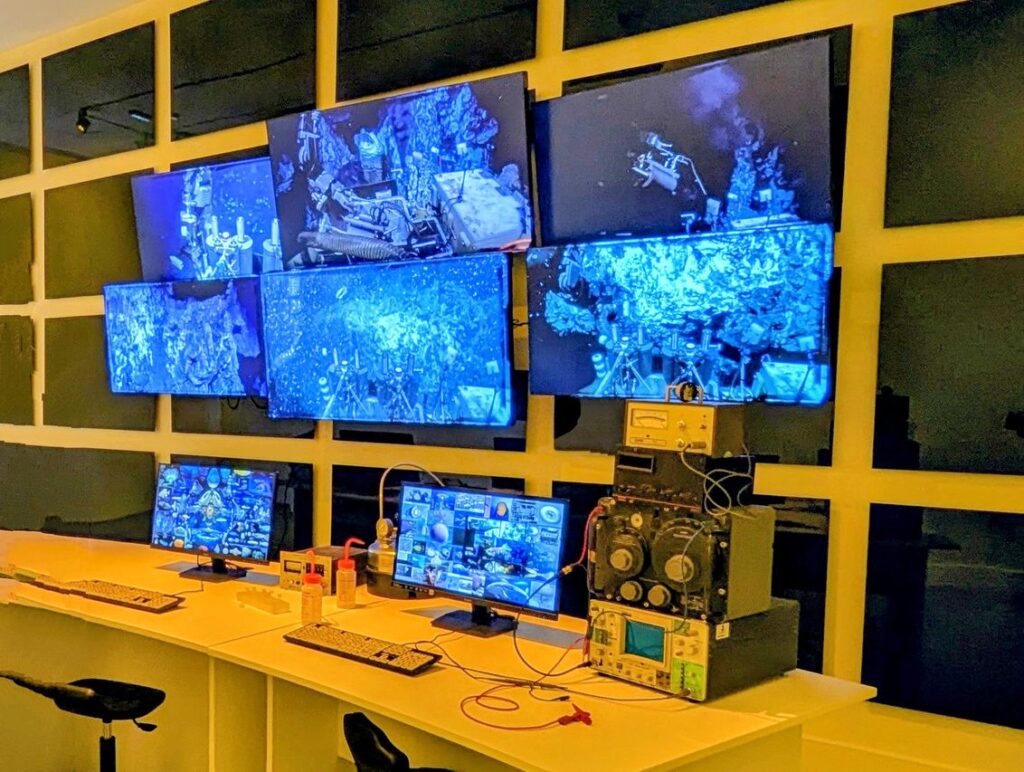
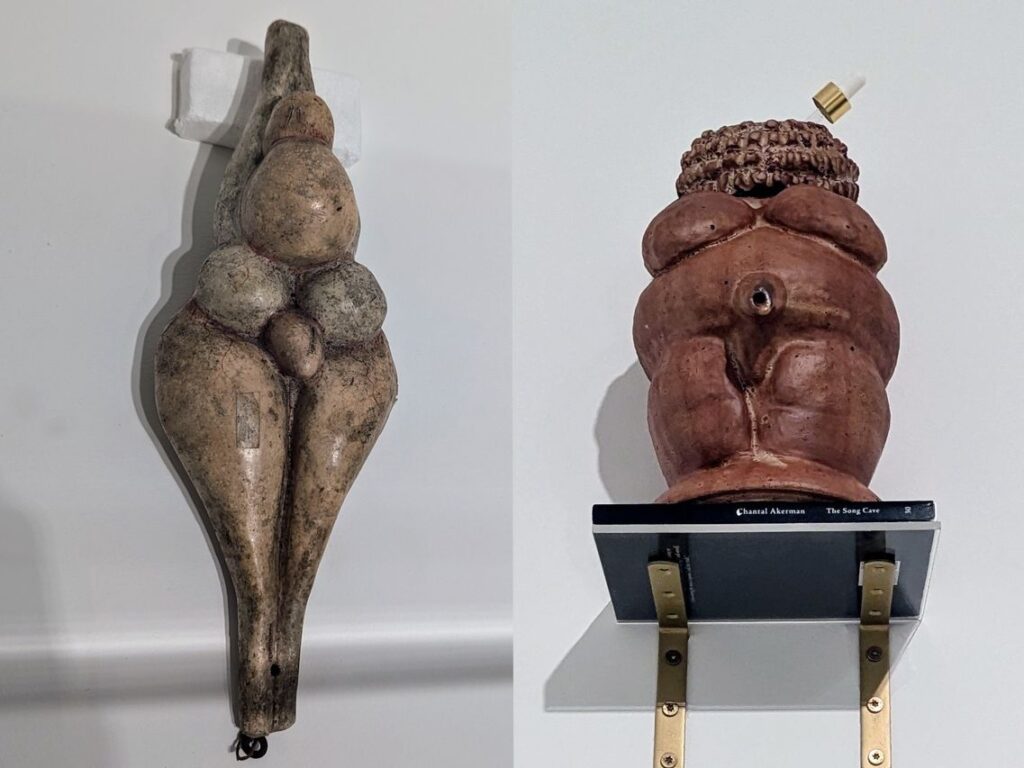
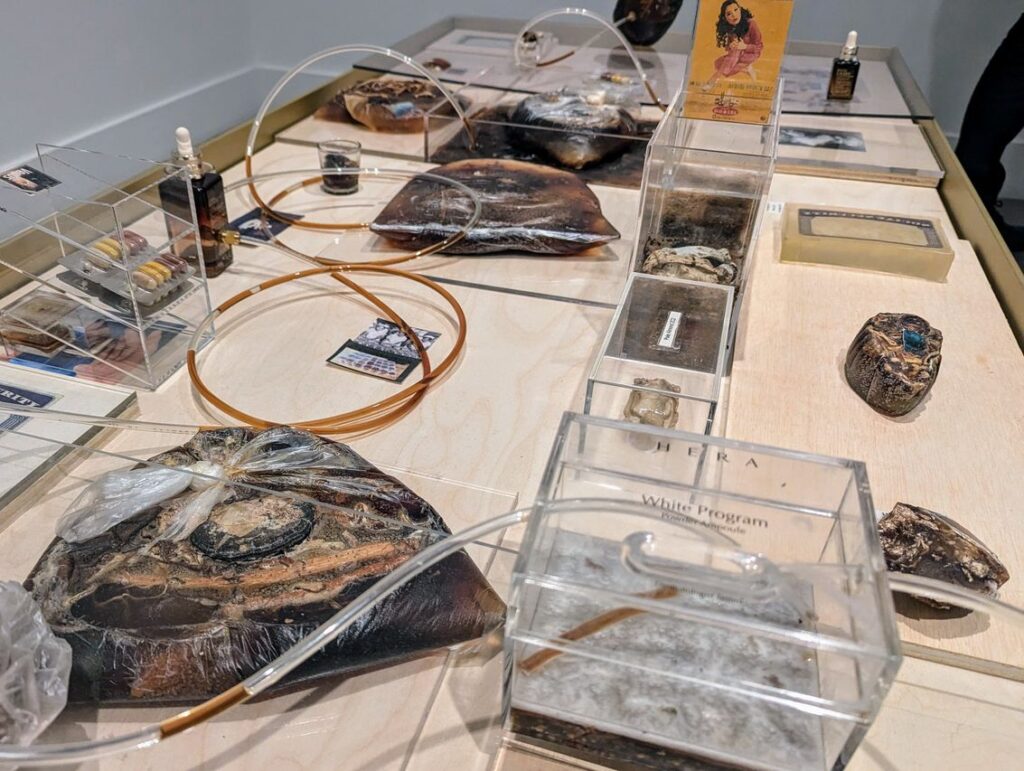
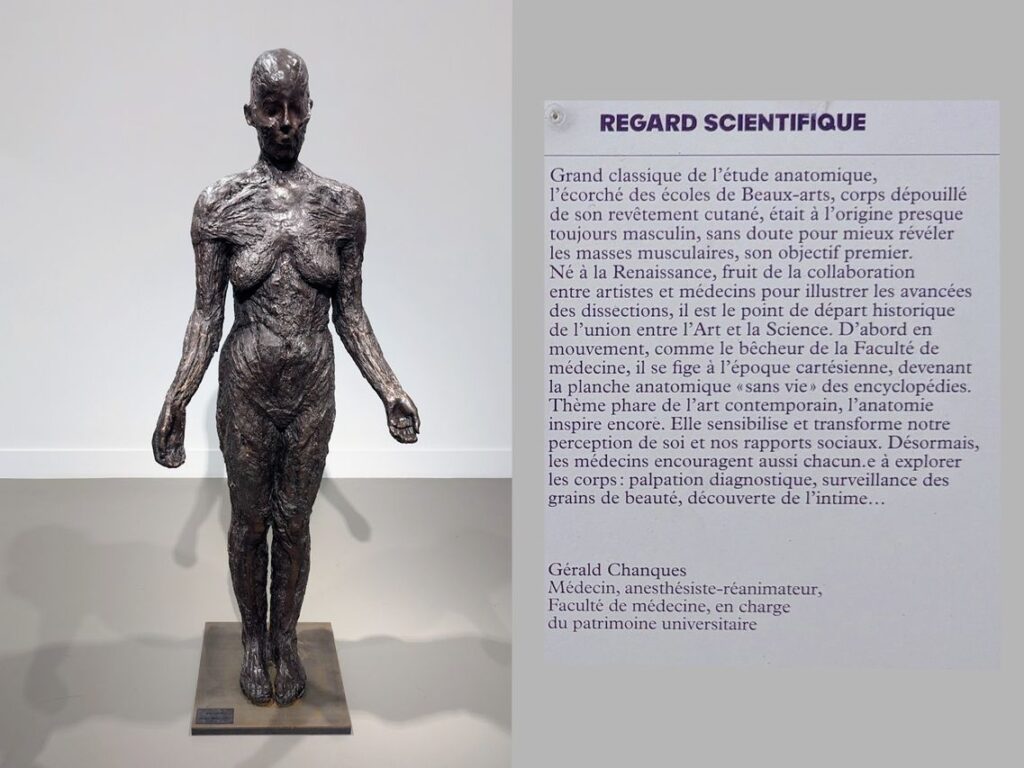
Insect choreography with orchid
And what would life be without the plant kingdom, to which four artists from Slovenia, Taiwan and Greece draw our attention? They have come up with sex toys and other " gadgets to solve some of their everyday worries, such as seduction, or the prevention of sexually transmitted diseases ", explains John De Vos, doctor in embryology and histology and director of the Jardin des plantes. In this exhibition, he also delivers a delicately sensual cartel highlighting the " copulatory choreography of an insect with an orchid " by artist Roy Kohnke in his latest project, Magnetic Tendencies.
Along the way, visitors will also meetIsem paleontologist Pierre-Olivier Antoine, commenting on the works of the great Bernard Palissy, the 16th-century ceramist who first understood that fossils were animal and plant remains; LUPM astro-physicist Vincent Guillet, whose eyes shine only for the suspended sun dust of Korean artist Yunchul Kim. Lubos Plny's art brut, enhanced by a text by doctor Naïs Herbreteau. Or ethnopharmacologist Julien Antih and pharmacy drugstore mediator Alexandra Strelcova shed light on the shamanic-inspired works of Salvadoran artist and healer Guadalupe Maravilla, while non-drug therapies specialist Gregory Ninot questions the work of Swiss artist Emma Kunz " curative powder or perlimpimpin? ".
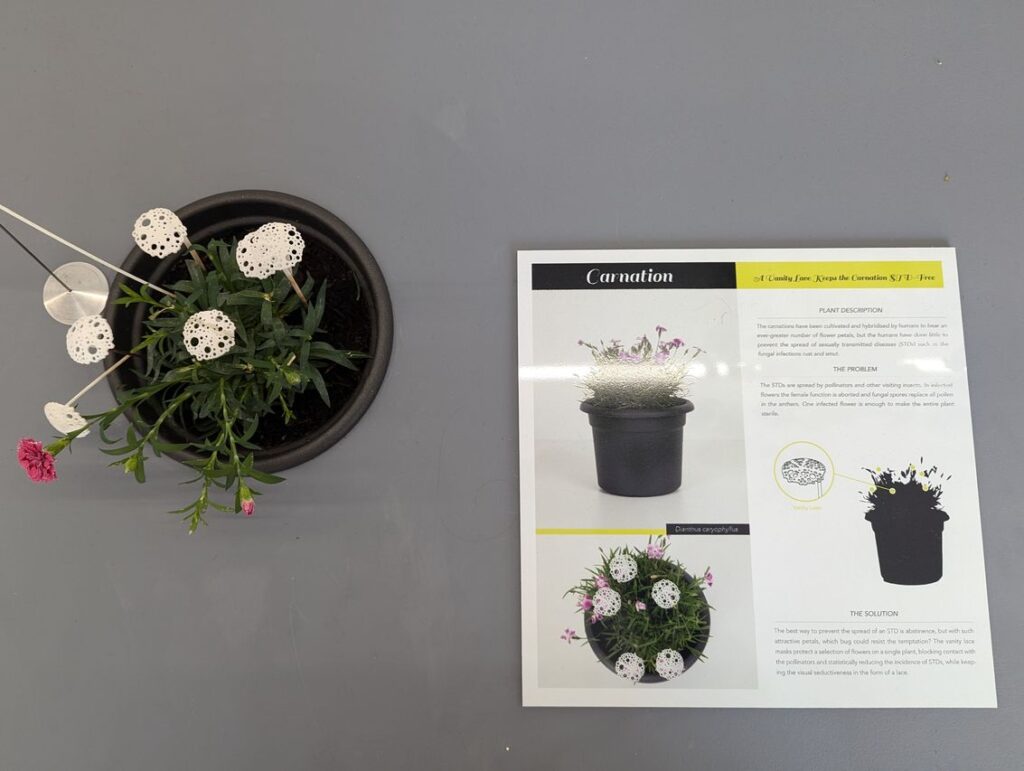
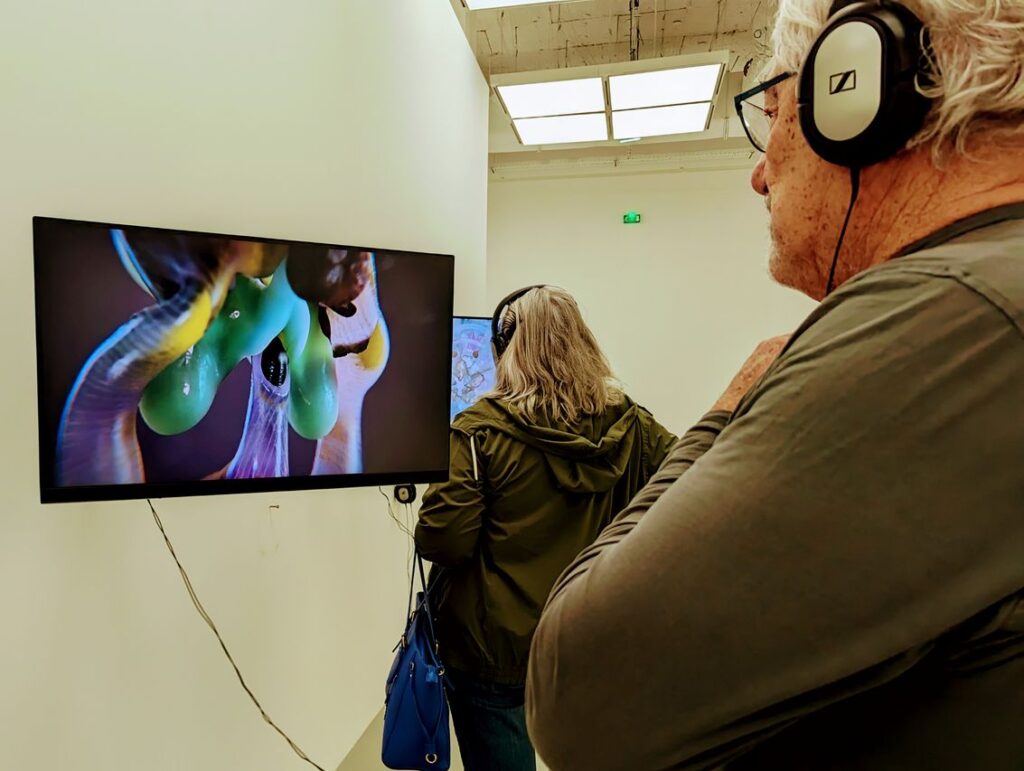
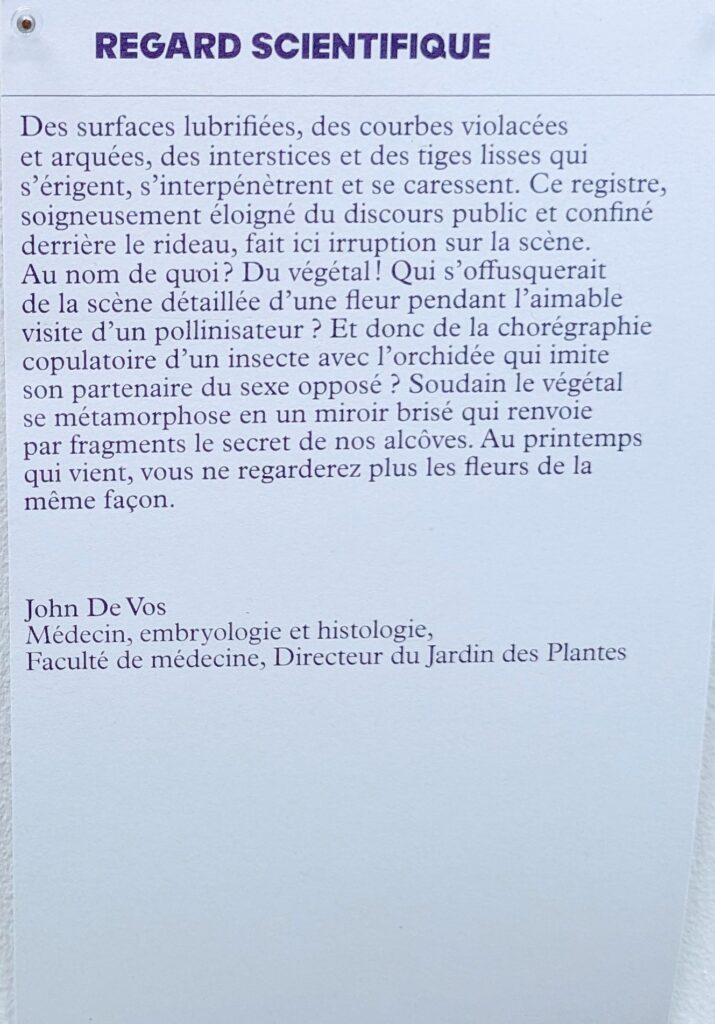
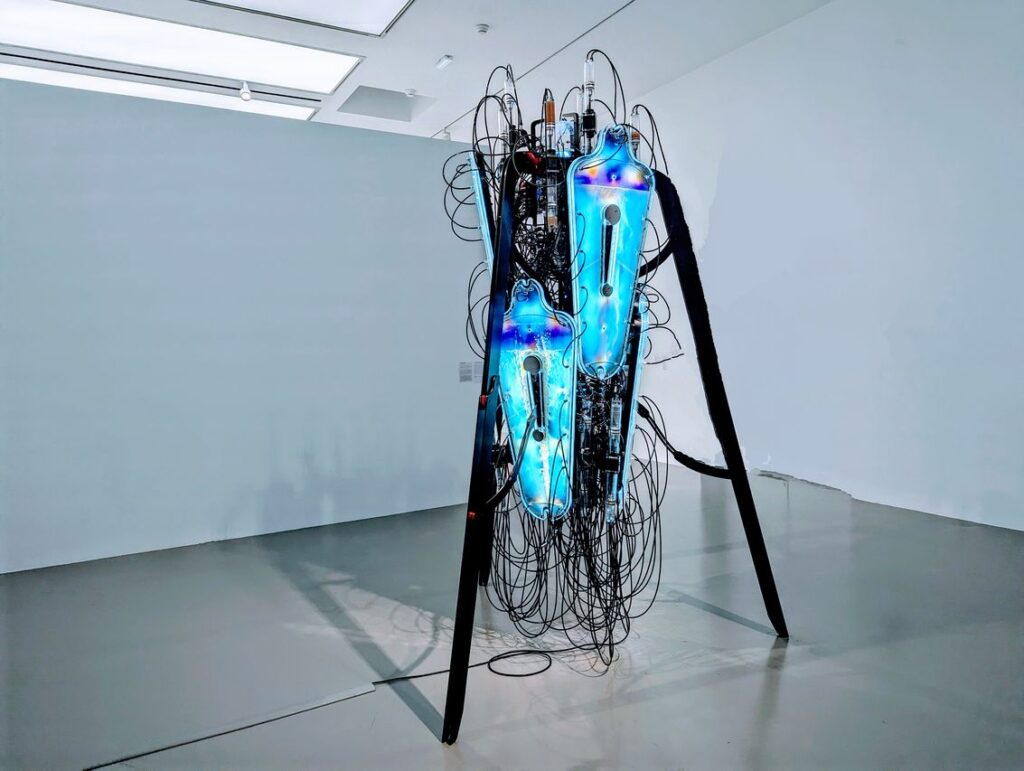
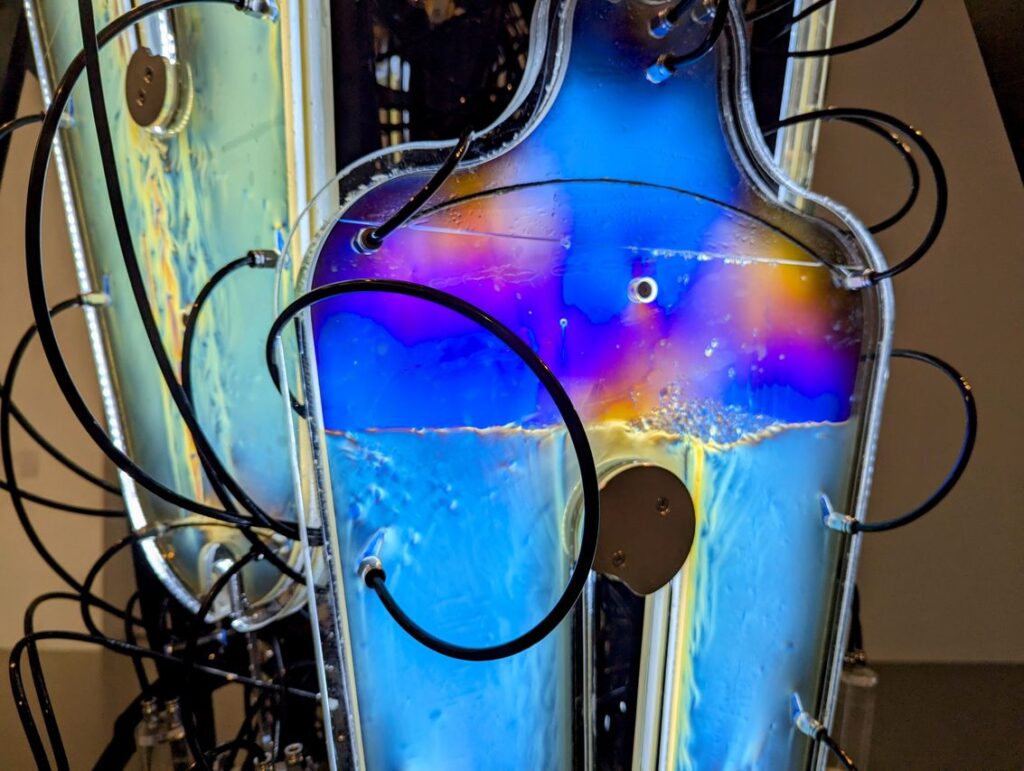
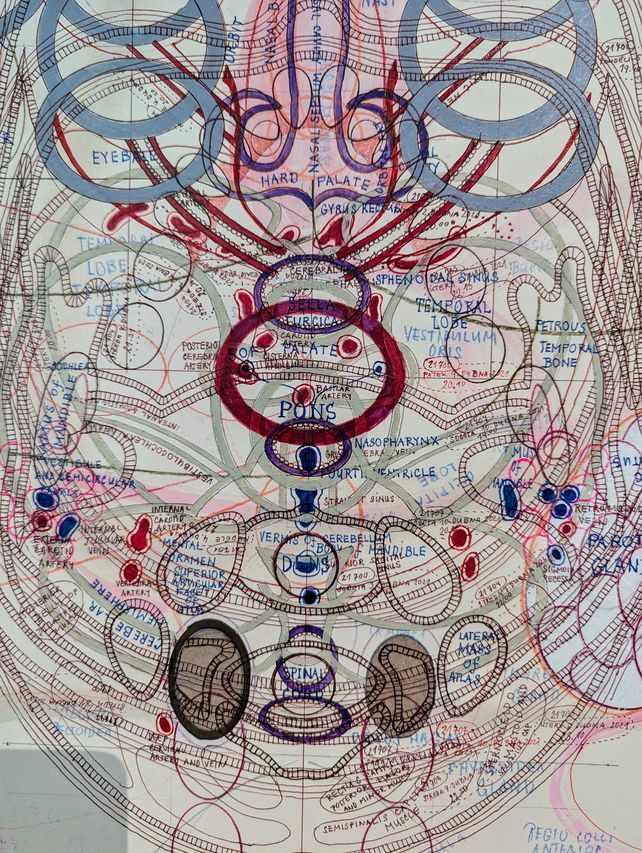
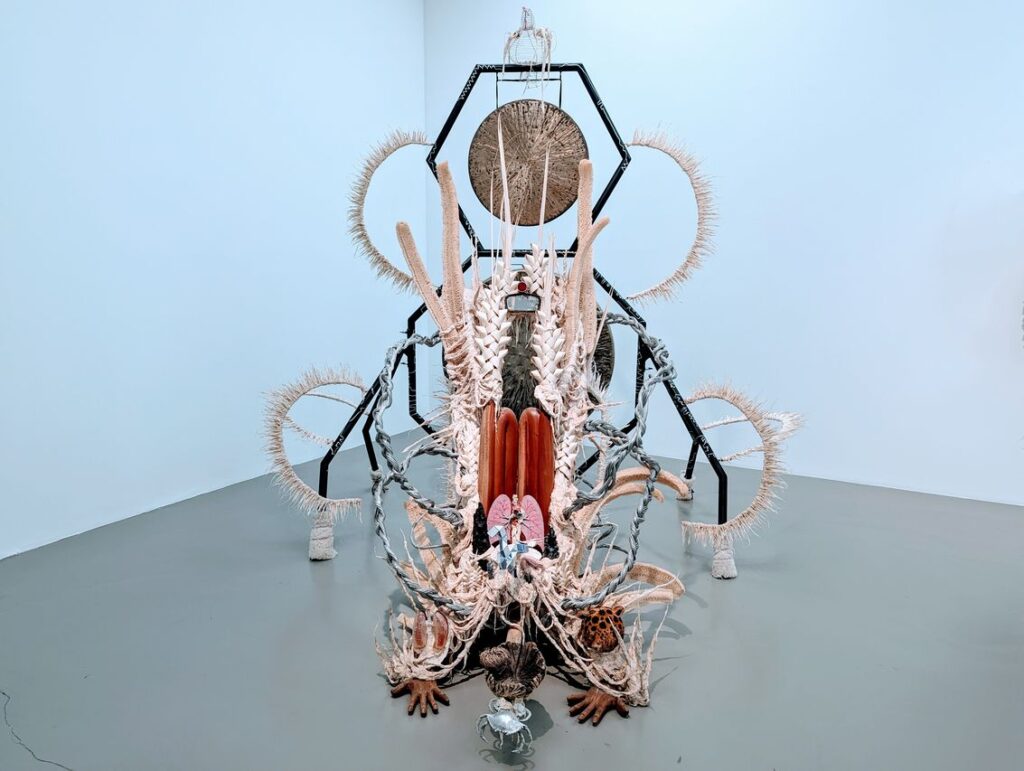
Ban all wastage of strength and energy
Among the many items from UM's scientific collections on display, Louis Auzoux's papier-mâché teaching models from the Faculty of Education are a recurring theme. Also on display are anatomical plates from the Faculty of Medicine and specimens from the Faculty of Science's ornithological collection, presented by Véronique Bourgade, Marie-Angeline Pinail and Audrey Théron, the UM's curators, curatorial manager and head of heritage collections.
Finally, there's the sensuality of a scent in the folds of a loved one's skin, as teacher-researcher Isabelle Parrot-Smietana perfumes Morgan Courtois's portrait sculptures. Or the unexpected poetry of Isabelle Laffont, Dean of the Faculty of Medicine, when her gaze catches theUnijambiste by Polish artist and camp survivor Alina Szapocznikow. The scientist's emotion is palpable throughout the exhibition," concludes Gérald Chanques. Physiology professor Stephan Matecki expresses it very well when he comments on Kinke Kooi's imaginary world. He reminds us that if we pay close attention to this absolute beauty, " if we gently scratch the surface to penetrate it, we can then see a kind of universal harmony governed by laws based on balances that banish all waste of force and energy, and which only human intervention can threaten".
